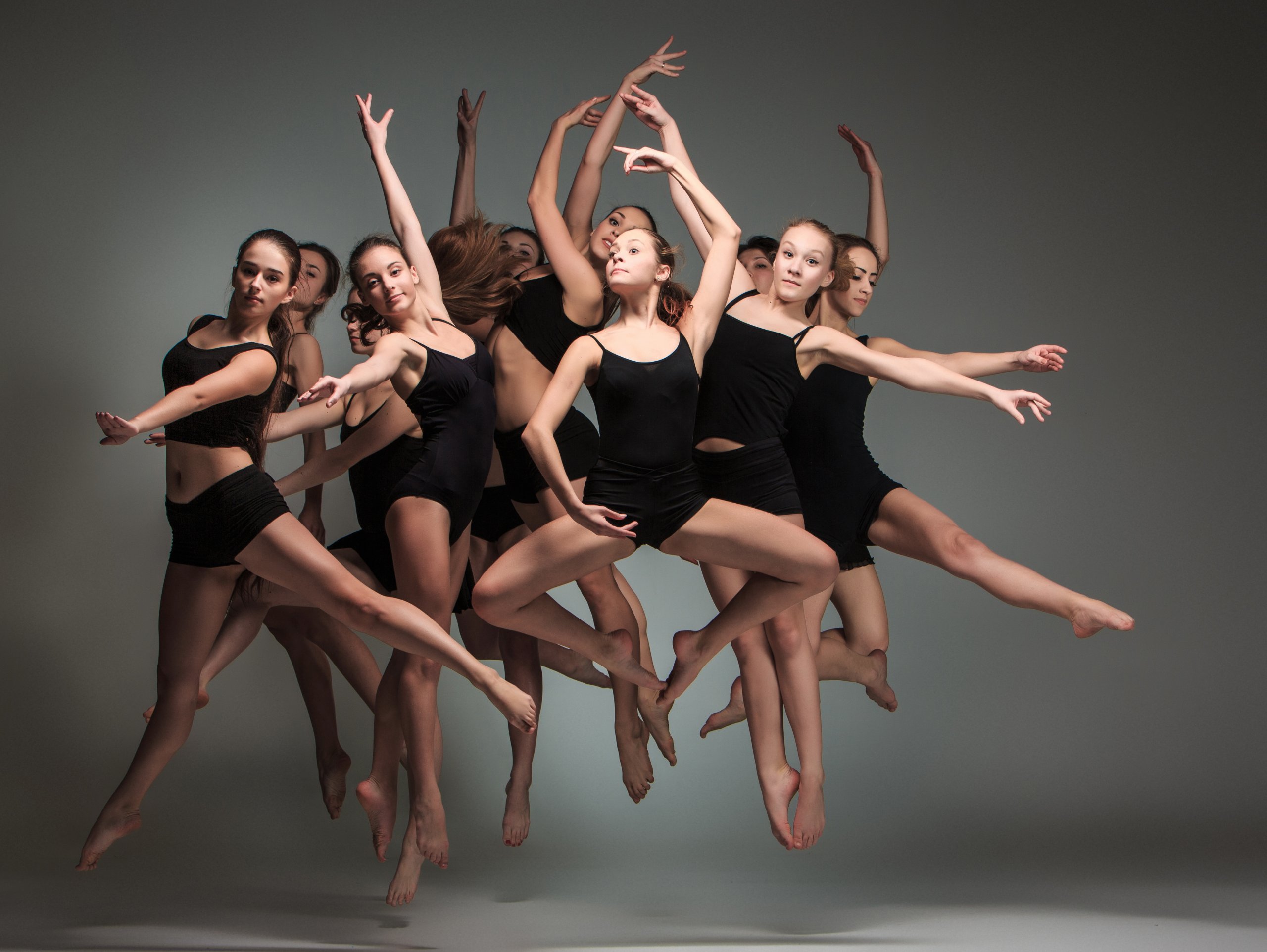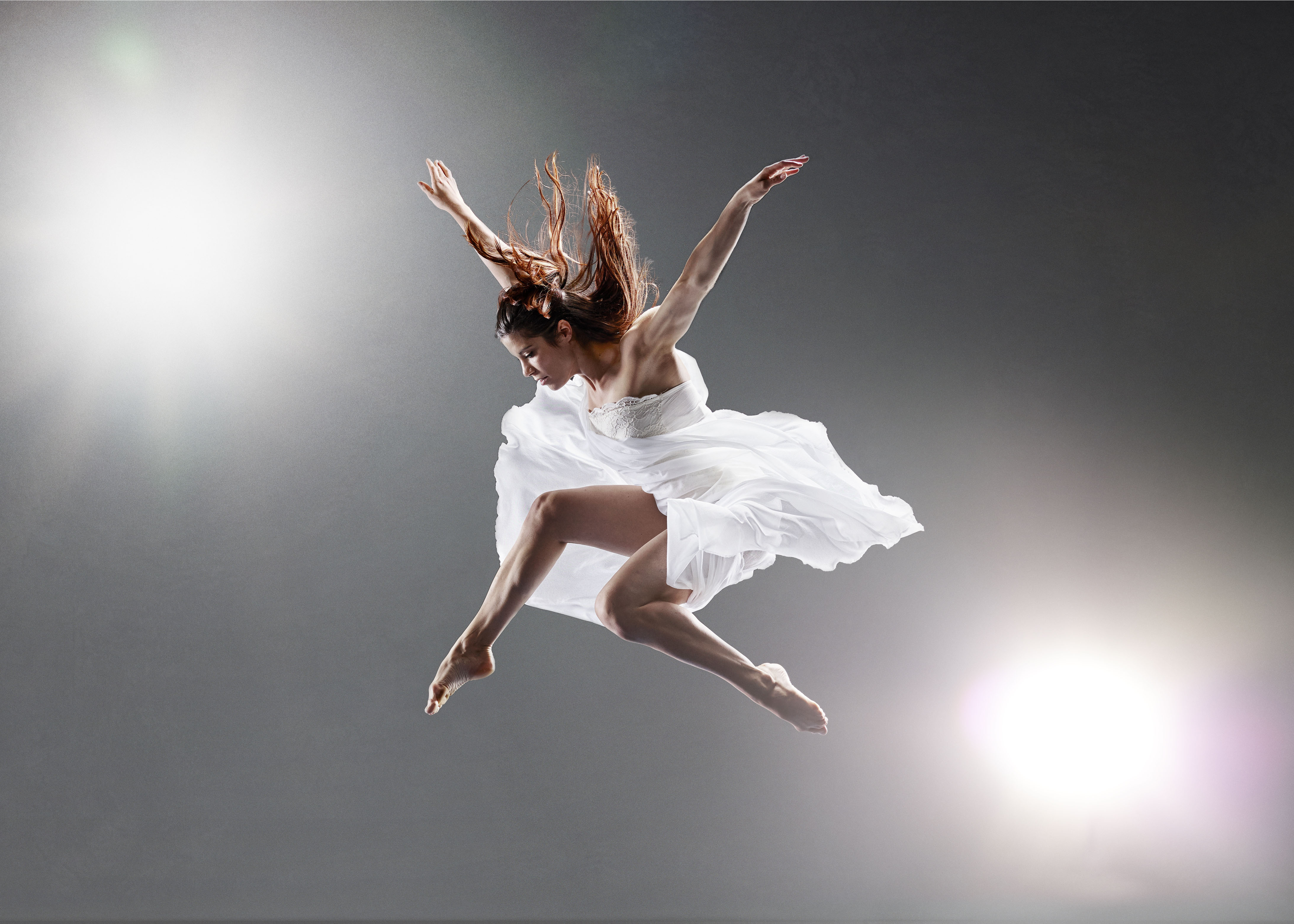Dance Mom Dances
Dance Mom Dances - Exploring Movement and Rhythm
The unique energy surrounding dance performances, particularly those seen in competitive or showcase settings, really captures attention. There is, you know, something quite special about the way movement, feeling, and sound come together on a stage. It is, in a way, a whole experience, often filled with dedication and passion from everyone involved, from the performers to those who support them every step of the way.
These particular types of presentations, often known as "dance mom dances," represent a broad collection of styles and expressive acts. They show off, so, a wide array of physical expressions, from quick, sharp movements to fluid, graceful sequences. Each one, you might say, tells a little story or shares a feeling without using any words, making the body itself the main storyteller.
We will look closer at what makes these performances so interesting, exploring the various ways dance itself works. We will consider, perhaps, how different types of movement come together with sound, and how the very idea of "dance" as an action or an artistic piece shapes what we see on stage. It is, more or less, about appreciating the art and effort that goes into every single presentation.
Table of Contents
- What Makes a Dance a "Dance Mom Dance"?
- The Rhythmic Heart of Dance Mom Dances
- Is "Dancing" Different from "A Dance" in Dance Mom Dances?
- How Does Music Shape Dance Mom Dances?
- Dancing To The Beat, Or With The Melody?
- Styles and Types of Dance Mom Dances
- The Art and Expression of Dance Mom Dances
- When a Dance Mom Dance Becomes a Recital?
What Makes a Dance a "Dance Mom Dance"?
When people talk about "dance mom dances," they are usually thinking about performances that come from a specific kind of environment, often competitive dance studios. These are, you know, routines put together with a lot of practice and a clear goal, like winning an award or showing off skill. The core of any such presentation is, you could say, the movement of the body, put into a sequence that has some kind of artistic or symbolic value. It is, more or less, about how the body moves in a patterned way, usually to sound, inside a set area. The purpose behind this movement can be to share an idea, express a feeling, let out some energy, or just for the sheer joy of it. So, a "dance mom dance" is, in essence, a carefully arranged series of body motions, put on display for an audience, often with a story or emotion at its heart. It is, pretty much, a form of visual communication.
The Rhythmic Heart of Dance Mom Dances
Every single "dance mom dance" has, basically, a strong rhythmic element. This means the movements are timed to a beat, creating a flow that can be fast or slow, sharp or smooth. The rhythm is, you know, what gives the performance its pulse, making it come alive. It is the framework upon which all the physical actions are built. Without this underlying beat, the movements would, perhaps, seem random or disconnected. Think of it like this: the rhythm is the invisible thread that pulls everything together, guiding the dancer's body through each step and turn. It allows for, so, a sense of unity and purpose in the performance. This rhythmic core is what helps the audience feel the energy and intention behind each "dance mom dance," creating a shared experience between the performers and those watching. It is, in a way, the very foundation of what makes a performance truly move people.
Is "Dancing" Different from "A Dance" in Dance Mom Dances?
This is a good point to think about, actually. When we talk about "dancing," we are often referring to the action itself, the ongoing process of moving to music. Like, "I like dancing" means I enjoy the act of moving my body in that rhythmic way. It is, in some respects, the verb form, the activity. But when we talk about "a dance," we are usually referring to a specific piece, a completed work, or a set routine. For example, "they were playing a slow dance" refers to a particular type of musical piece designed for a certain kind of movement. Or, "I like dance" could mean I appreciate the art form as a whole, like ballet or modern dance. So, in the context of "dance mom dances," "dancing" is the act the performers are doing, the physical activity. "A dance," however, is the actual routine they perform, the choreographed piece. It is, more or less, the difference between the process and the product. Both are very much part of what we see on stage, but they represent slightly different aspects of the performance. One is the doing, the other is the thing that is done, you know.
How Does Music Shape Dance Mom Dances?
Music is, you know, absolutely central to any "dance mom dance." It is the driving force, the emotional backdrop, and the rhythmic guide for every movement. The choice of music can completely change the feeling of a performance, making it seem happy, sad, powerful, or delicate. The sounds themselves dictate the speed, the feeling, and the overall shape of the routine. It is, basically, impossible to imagine these performances without the accompanying sounds. The way a dancer interprets the musical piece, how they move their body in response to the notes and beats, is what brings the performance to life. The connection between the sounds and the movements is, pretty much, what creates a truly memorable "dance mom dance." It is, in a way, a conversation between the body and the sound, where each informs the other, making something new and expressive.
Dancing To The Beat, Or With The Melody?
There is a subtle but interesting difference in how dancers relate to music, particularly in "dance mom dances." When we say someone is "dancing to music," it really emphasizes following the beat and the rhythm directly. It is, more or less, about keeping time, matching each movement to the pulse of the song. This is, you know, very common and often the primary way dancers connect with their accompanying sounds. They are listening for the strong beats and organizing their actions around them. However, sometimes, you might hear "dance with music." This phrase suggests a slightly different kind of connection. It implies, perhaps, a more personal or interpretive relationship with the sounds. It is almost as if the person is moving alongside the music, letting it influence them, but not necessarily being strictly bound by every single beat. It can suggest, in some respects, a deeper personal connection to the overall feeling or story of the sound, rather than just its rhythmic structure. While "dancing to music" is typically what happens, especially in performances where precision is key, the idea of "dancing with music" hints at a more nuanced, expressive freedom within the structured routine of a "dance mom dance." It is, basically, about how the dancer feels and reacts to the full sound, not just its timing.
Styles and Types of Dance Mom Dances
The world of "dance mom dances" is, honestly, very rich with different styles and kinds of movement. Just like there are many forms of dance generally, these performances show a wide range. You might see, for example, ballet, with its graceful, precise motions and storytelling. Or, perhaps, jazz, which is often more energetic and sharp, with quick turns and jumps. Then there is, you know, contemporary dance, which tends to be more fluid and expressive, often exploring deep feelings. Tap dance involves rhythmic footwork, making sounds with special shoes. Hip-hop, on the other hand, is usually more street-style, with powerful, athletic moves. Each of these different kinds of dance has its own way of moving, its own history, and its own unique feel. The term "dance styles" is, basically, interchangeable with "dance genres" or "types of dance." So, a "dance mom dance" could be any one of these, or even a combination, showing the versatility and range of the performers. It is, pretty much, a testament to how many ways the body can move and express itself through structured routines, all within the same competitive or showcase setting.
The Art and Expression of Dance Mom Dances
At its heart, any "dance mom dance" is a form of art. It is not just about doing steps or hitting marks; it is about conveying something. The body becomes a tool for sharing ideas, feelings, or even a narrative. The movements, whether they are planned or, you know, come naturally in the moment, are chosen to create a specific effect. This could be to tell a story, to show a particular feeling, or simply to display the beauty of human movement. The expressive nature of these performances is, actually, what makes them so compelling to watch. It is the way the dancers pour their emotions into each gesture, making the routine more than just a series of physical actions. This artistic aspect is, basically, what elevates a simple routine into a true performance. It is, in a way, the soul of the "dance mom dance," making it resonate with the audience long after the music stops.
Beyond Just Steps - The Story in Dance Mom Dances
Often, a "dance mom dance" is much more than just a collection of physical steps. It is, you know, a way of telling a story or showing a deep feeling without using any words. The way a dancer moves their arms, the expression on their face, the strength or gentleness of their body, all contribute to this silent narrative. They might be showing joy, sadness, determination, or even a complex human experience. This is where the artistic side truly shines. The sequence of movements, put together with purpose, aims to express an idea or an emotion. It is, basically, a kind of communication that goes beyond spoken language. The performers, in a way, use their bodies to paint a picture or share a feeling, making the audience connect on a deeper level. So, when you watch a "dance mom dance," try to look past just the technique and see the story or feeling being shared; it is, pretty much, a powerful form of expression.
When a Dance Mom Dance Becomes a Recital?
A "dance mom dance" often takes place in a setting that feels very much like a formal presentation, something like a "dance concert" or a "dance recital." These terms are, you know, often used when talking about a public showing of artistic dance work, especially in a school or studio setting. It is where the hard work of practice comes to life on a stage, with costumes, lighting, and an audience. The transformation from a practice session to a full-blown recital means that the performance is, basically, being presented as a finished piece of art. It is a moment for the dancers to share their skills and their expressive abilities with others. This formal presentation gives the "dance mom dance" a special significance, marking it as a public display of artistic effort and talent. It is, pretty much, the culmination of many hours of dedication, shared with an appreciative crowd.
The various facets of "dance mom dances" show how movement, rhythm, and expression come together in a very special way. From understanding the difference between the act of "dancing" and "a dance" as a specific piece, to seeing how music shapes every step, and finally, appreciating the artistic stories told through movement, these performances are rich with meaning. They truly are, you know, a testament to the power of human expression through choreographed body actions, presented with passion and skill.

10 Most Popular Types Of Dance - List Of Top Dance Genres 2020

Dance Photos · Pexels · Free Stock Photos

A great resource for dance information to all dance lovers